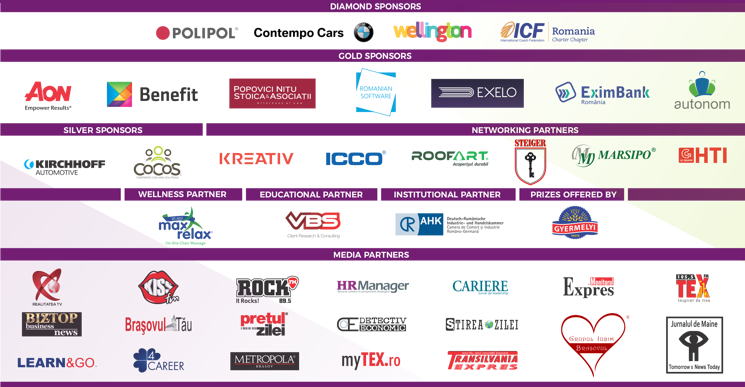The Basics of Nonverbal Communication (Part One)
Peter F. Drucker once said that “The most important thing in communication is hearing what isn’t said” and the phrase couldn’t have been truer. In essence, nonverbal communication represents the information a person delivers besides verbal communication. But how exactly do people communicate in a nonverbal matter? Let’s explore the possibilities:
- Body language: The manner in which a person moves either his hands, arms, legs, sits, stands and other slight movements.
- Facial expressions: The human face is tremendously expressive, especially the mouth, eyebrows and eyes. As the research done by Dan Hill and other worldwide researchers; emotions such as disgust, confusion, pain, anger and happiness can be easily depicted on a person’s facial expressions or “micro-expressions” as they are known as.
- Posture: The manner in which you present yourself in public can be used by others to determine your state of mind. For example, if you’re sitting rigidly in your chair, people will, consciously or not, determine that you’re anxious or afraid. On the other hand, if you lean back in a relaxed manner people will assume you’re confident.
- Eye contact: The majority of people believe that, when eye contact is being made, that person is trustworthy. This is not always the case. Even though eye contact can be used to transmit emotions and to create a bond between speakers, it can also be used to simulate interest and mislead people.
- Gestures: In particular, hand gestures are obvious communication carriers. The movement of one’s hands can help emphasise an idea or an argument.
If used effectively, nonverbal communication can be a powerful complementary agent to the spoken word and can help people get their message across language and cultural barriers, due to the fact that it’s pretty much universal. In other words, nonverbal communication creates a special bond with verbal communication and adds profound meaning to it.
However, this form of communication must be dealt with great care. Due to its subconscious level, you may express something verbally, but non-verbally you may pass on a totally different idea and that confuses the receiver of the message.
When Nonverbal and Verbal Communication Don’t Match
There are numerous circumstances when this type of situation can occur. For instance, when a manager asks his employee if everything is alright, he might get a positive response, but everything related to that employee’s posture, lack of smile, facial expression and tone will give out the exact opposite response.
Nonverbal communication represents a powerful tool in day-to-day activities such as meetings, hallway interactions and even outside business hours when people are gathering together for a meal. It can also be tremendously helpful when dealing with stakeholders, customers, associates, partners due to the fact that it adds gravitas and trust to the spoken words.
Although it may seem unlikely, nonverbal communication can be taught if carefully practiced and managed. Clear improvements can be observed when delivering your messages across to people. If this skill is not well-trained you may look sloppy and ineffective damaging office relations, thus resulting into low job performances all across your department or company.
A strong business education can take you so far, but without the necessary people and communication skills, there is a chance for mishaps to occur, stammering your professional growth along the way.
Try out our assessment in order to measure the level of wellbeing in your organisation and find out the best approach to improve it.
Sources:
https://www.thebalance.com/nonverbal-communication-in-the-workplace-1918470
https://www.thebalance.com/how-to-use-nonverbal-communication-in-hiring-1919137
http://yourbusiness.azcentral.com/nonverbal-communications-important-manager-17543.html




